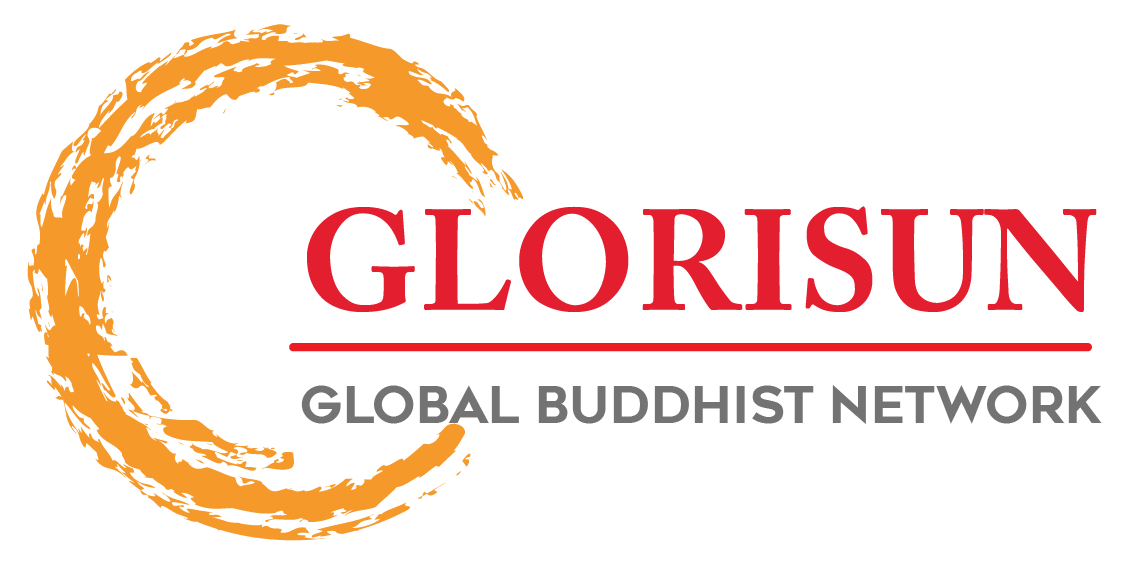Click here return to the Hualin main page.
Click here return to the Hualin E-Journal Vol 7.1 Table of Contents page.
Hualin International Journal of Buddhist Studies 7.1 (2024): 37–62; https://dx.doi.org/10.15239/hijbs.07.01.02
(This article belongs to the Special Issue Buddhism and Science, Transmission of Buddhism: Locality and Globality)
Japanese Explorers in the Footsteps of Xuanzang
Imre GALAMBOS
Zhejiang University
imre@zju.edu.cn
Abstract: The excavation of Buddhist sites in Chinese Central Asia is a fascinating chapter in the history of modern exploration. Fueled by the British and Russian colonial rivalry in Central Asia, European scholars and explorers embarked on a series of expeditions to investigate the desert sites of northwestern China. The only major non-Western participant in this quest was Ōtani Kōzui, abbot of the largest Buddhist sect in Japan, who organized three expeditions to excavate the Buddhist ruins of Xinjiang. A recurring theme in publications related to the expeditions was the figure of Xuanzang, who had traveled through Central Asia on his way to India more than twelve centuries earlier. This paper examines the context in which Ōtani and his followers evoked Xuanzang, showing how different their perspective was from Aurel Stein’s, who also made frequent references to him. The differences reflect not only personal attitudes towards history, religion, and geography but also contemporary intellectual trends in Britain and Japan.
Keywords: Xuanzang, Ōtani Kōzui, Aurel Stein, Central Asia, exploration
About the Author: Imre Galambos specialises in the study of medieval Chinese manuscripts from sites in northwestern China. He received his Ph.D. in 2002 from the University of California, Berkeley with a dissertation on the structure of Chinese characters in the pre-Qin period. For the following ten years he worked for the International Dunhuang Project (IDP) at the British Library, as a result of which his research gradually shifted to medieval manuscripts from Dunhuang. Between 2012 and 2023, he taught at the University of Cambridge, after which he became a professor at Zhejiang University in Hangzhou. Among his main interests is the dynamics of the spread of texts and manuscripts along the multilingual networks known today as the Silk Roads. His books include Orthography of Early Chinese Writing (2006); Manuscripts and Travellers (co-authored with Sam van Schaik, 2012), Translating Chinese Tradition and Teaching Tangut Culture (2015), and Dunhuang Manuscript Culture (2020).
This is an open access article distributed under the Creative Commons Attribution License which permits unrestricted use, distribution, and reproduction in any medium, provided the original work is properly cited.
